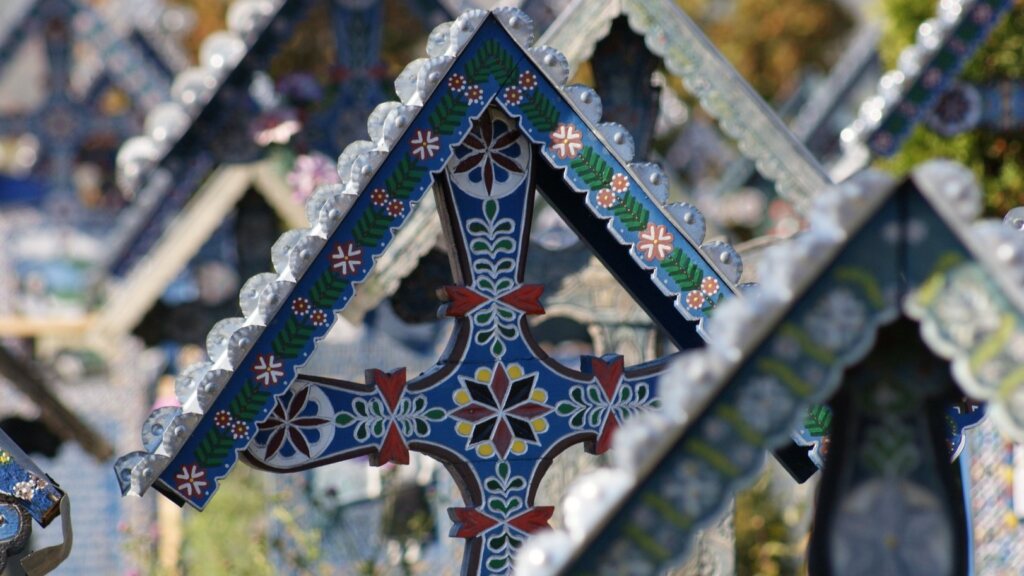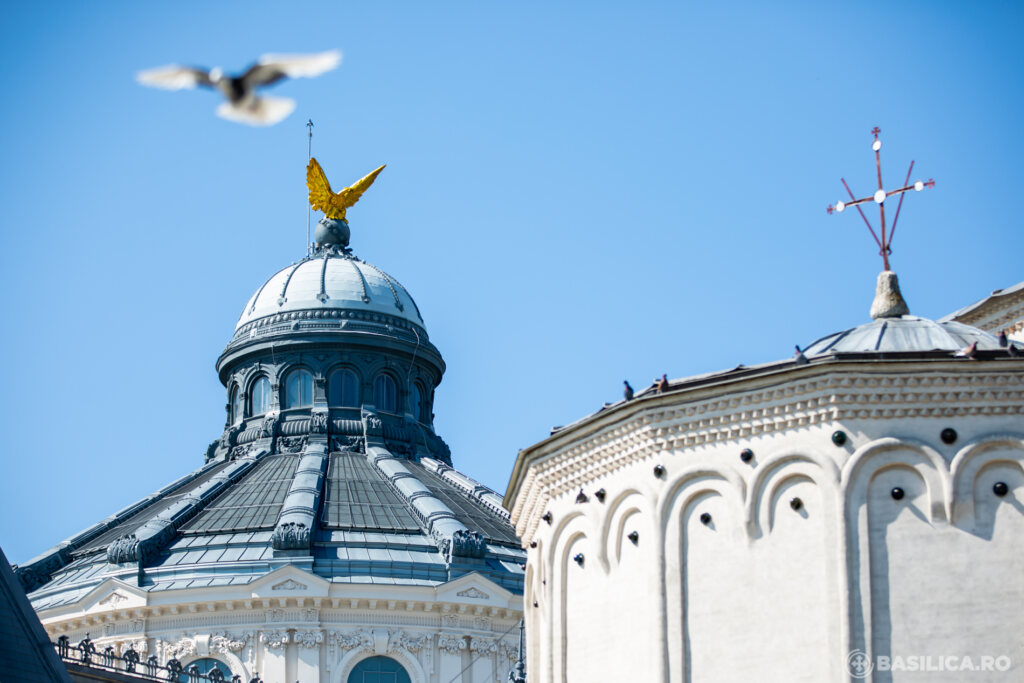The European Commission and Europa Nostra have announced the 2021 winners of the European cultural heritage awards.
A Romanian 18th-century wooden church in the Carpathian foothills that was destroyed by fire and carefully restored in recent years was announced as one of the winners on Tuesday.
The church which is to be found in the cemetery of the small village of Urși, has been painstakingly restored by a number of partners including the local community.
“This is the outcome of an exemplary interdisciplinary conservation of a painted wooden church in a rural setting. Made from materials from its surrounding landscape, it is of outstanding value and beauty”, the Jury said Tuesday.
The main partners involved were the Pro Patrimonio Foundation, the Art Conservation and Restoration Department of the National Arts University of Bucharest, the ASTRA Museum of Traditional Folk Civilization, the National Institute of Physics and Nuclear Engineering “IRASM”, the National Chamber of Romanian Architects, Asociația 37 and the Romanian Orthodox Church.
From 2009 to 2020, the restoration works took place each summer following months of fundraising efforts in the preceding year. The Jury found the restoration quality to be commendable:
“This is an example of vulnerable architecture and an endangered monument that has been restored fully in accordance with conservation principles, with the original elements closely examined and reintegrated wherever possible. Sustainability was also central to the project, with trees planted to provide materials for future restoration work”.
The Wooden Church of Urși Village, dedicated to the Annunciation and the Archangel Michael, was built between 1757 and 1784.
It survived a fire in 1838 and was repaired and decorated with frescoes. However, it was later abandoned after a new church was built in the village.
It was rediscovered in 2007, with no foundation and at risk of collapse. Its shingle roof was in urgent need of repair.

The frescoes, painted in the Post-Byzantine tradition with Western influences were of high artistic value but in a state of disrepair.
The church was included in the “60 Wooden Churches program” in Romania by the Pro Patrimonio Foundation in 2009.
Photography courtesy of europeanheritageawards.eu






